Increased Awareness and Education
Increased awareness and education surrounding mental health issues are driving the Treatment Resistant Depression Market. Public campaigns and educational programs are helping to destigmatize mental health conditions, encouraging individuals to seek help sooner. This heightened awareness is leading to more accurate diagnoses and a greater understanding of treatment resistant depression. Healthcare professionals are also receiving more training on recognizing and managing this complex condition, which may result in improved patient outcomes. As more individuals become informed about their options, the demand for specialized treatments within the Treatment Resistant Depression Market is likely to grow, prompting further innovation and development.
Advancements in Pharmacological Treatments
Advancements in pharmacological treatments are reshaping the Treatment Resistant Depression Market. Recent developments in novel antidepressants, including ketamine and esketamine, have shown promise in providing relief for patients who have not responded to traditional therapies. These innovative treatments are gaining traction due to their rapid onset of action and unique mechanisms of action. Furthermore, the introduction of personalized medicine approaches, which consider genetic and biochemical factors, is enhancing treatment efficacy. As more effective pharmacological options become available, the Treatment Resistant Depression Market is likely to experience increased investment and research, ultimately benefiting patients who struggle with this debilitating condition.
Growing Investment in Mental Health Research
The growing investment in mental health research is a significant driver of the Treatment Resistant Depression Market. Governments and private organizations are increasingly recognizing the importance of mental health, leading to enhanced funding for research initiatives. This financial support is crucial for exploring new treatment modalities and understanding the underlying mechanisms of treatment resistant depression. For instance, funding for clinical trials and studies on innovative therapies is expected to rise, fostering a more robust pipeline of potential treatments. As research progresses, the Treatment Resistant Depression Market may witness the emergence of groundbreaking therapies that address the needs of patients who have not found relief through conventional methods.
Integration of Technology in Treatment Approaches
The integration of technology in treatment approaches is transforming the Treatment Resistant Depression Market. Telehealth services and digital therapeutics are becoming increasingly popular, providing patients with access to care that may have been previously unavailable. These technological advancements allow for remote monitoring and personalized treatment plans, which can be particularly beneficial for those with treatment resistant depression. Additionally, the use of artificial intelligence in identifying effective treatment strategies is gaining traction. As technology continues to evolve, it is expected to play a pivotal role in enhancing the effectiveness of interventions within the Treatment Resistant Depression Market, ultimately improving patient outcomes.
Rising Prevalence of Treatment Resistant Depression
The increasing prevalence of treatment resistant depression is a primary driver of the Treatment Resistant Depression Market. Recent estimates suggest that approximately one-third of individuals diagnosed with major depressive disorder do not respond adequately to standard treatments. This statistic highlights a significant unmet need within the mental health sector. As awareness of mental health issues grows, more patients are seeking help, leading to a higher diagnosis rate of treatment resistant depression. Consequently, this trend is likely to stimulate demand for innovative therapies and interventions tailored to this specific patient population. The Treatment Resistant Depression Market is thus positioned for growth as healthcare providers and pharmaceutical companies focus on developing effective solutions for these challenging cases.


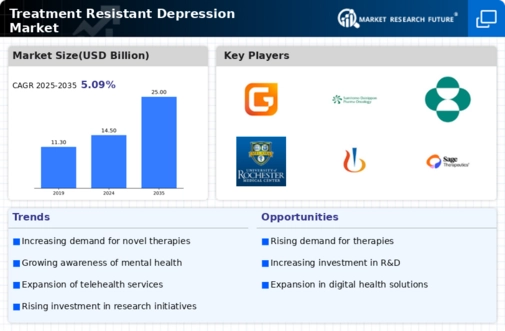
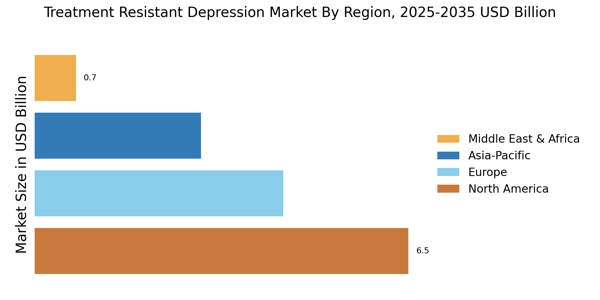

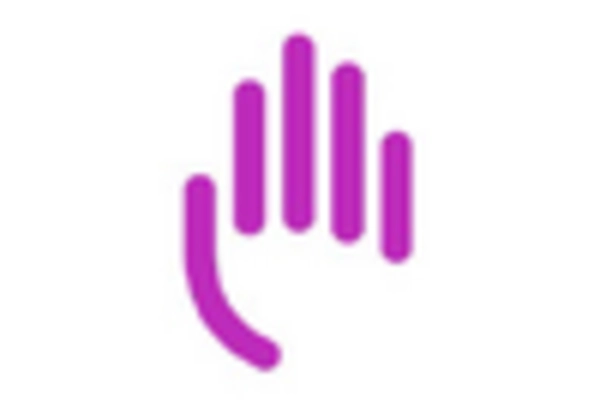
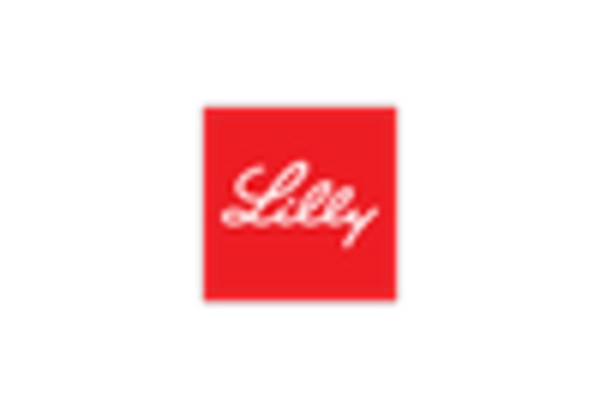
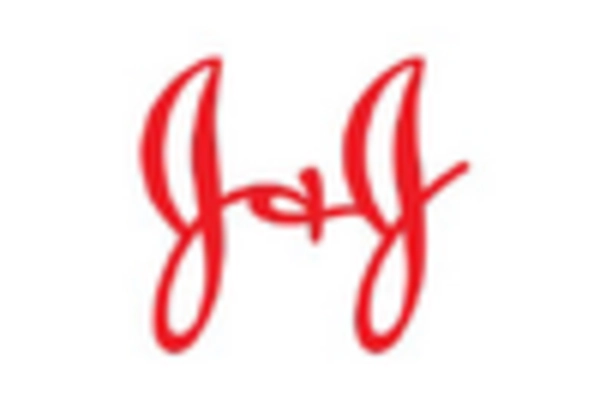
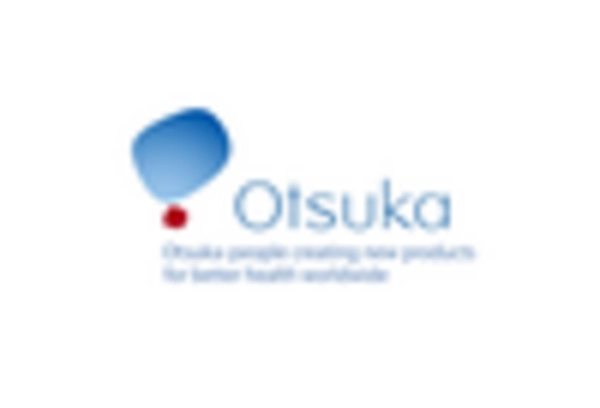
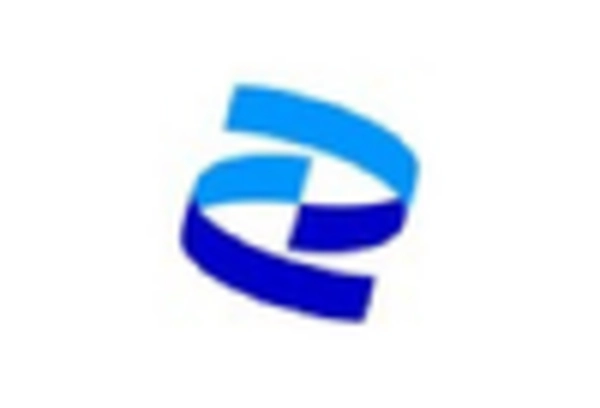








Leave a Comment